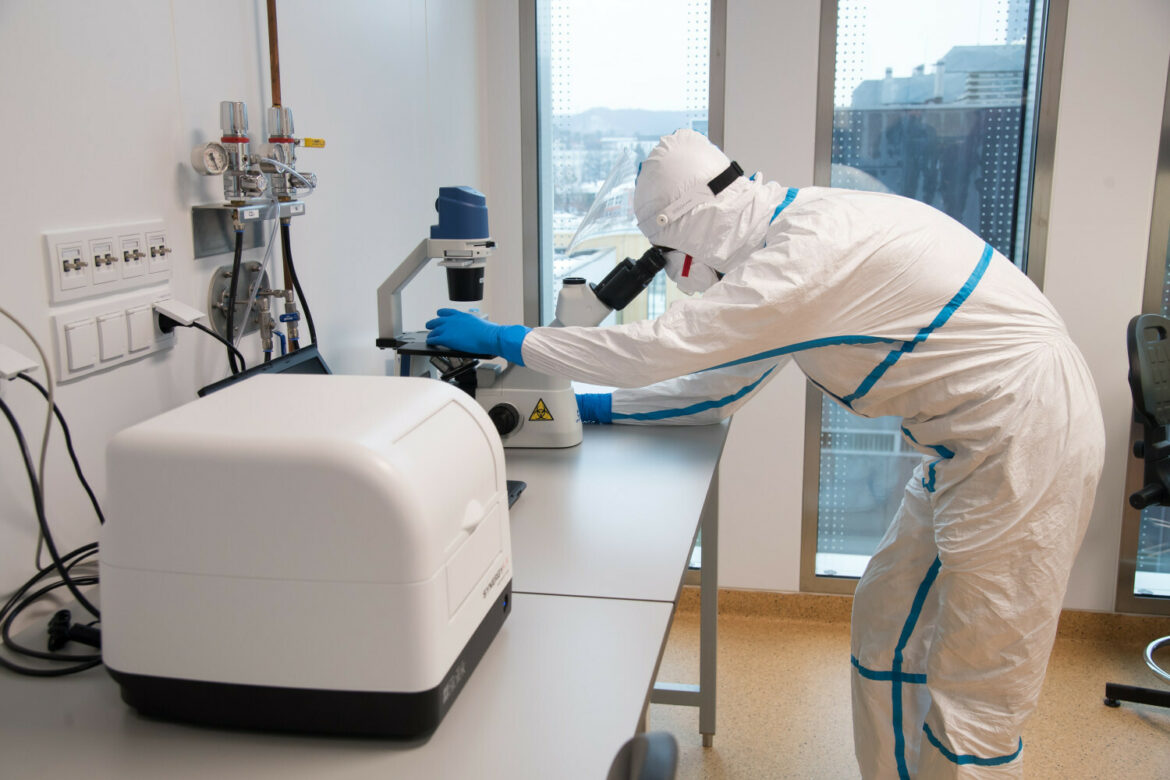Scientists from the International Institute of Molecular and Cellular Biology (MIBMiK) in Warsaw and the Jagiellonian University have made a discovery fundamental to understanding the similarities in the functioning of beta-coronaviruses. The spatial structures they have established in the viruses’ RNA molecules may contribute to the development of new antiviral drugs in the future.
The Polish researchers, in collaboration with the Consejo Superior de Investigaciones Científicas in Madrid, have made a significant discovery concerning four major types of beta-coronaviruses, including the deadly SARS-CoV-2 and MERS and the cold-causing OC43. The findings were published in the journal Nucleic Acids Research.
The researchers conducted an analysis of ribonucleic acid (RNA) molecules – the genetic material of these beta-coronaviruses. The nucleotide sequences of the coronaviruses’ RNAs, numbering around 30,000 nucleotides, differ significantly from each other. Detailed analyses have focused on investigating the spatial structure and dynamics of about 500 nucleotides at the very beginning of the viral RNA. This fragment plays a key role in the proliferation of viruses in infected cells.
RNA fragments from four different coronaviruses were examined using advanced biochemical, biophysical and bioinformatics techniques, including chemical sampling, cryo-electron microscopy, atomic force microscopy and computer modelling. The results showed the presence of very similar structural elements, despite the fact that they are formed by different nucleotide sequences in the RNA of different betacoronaviruses.
This finding is fundamental to understanding the similarities in betacoronavirus function. “The spatial structures we have established in the RNA molecules of the viruses may contribute to the development of new antiviral drugs in the future”, says Prof Janusz Bujnicki of the MIBMiK.
Arkadiusz Słomczyński





